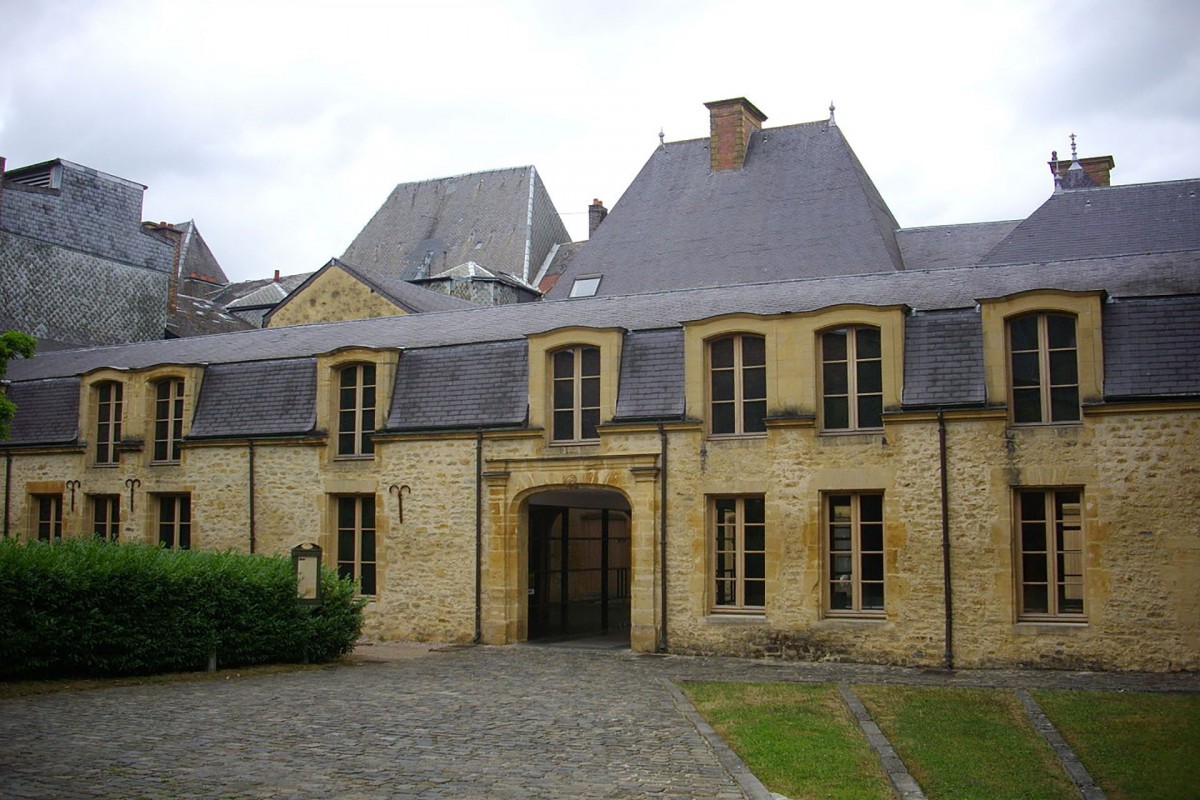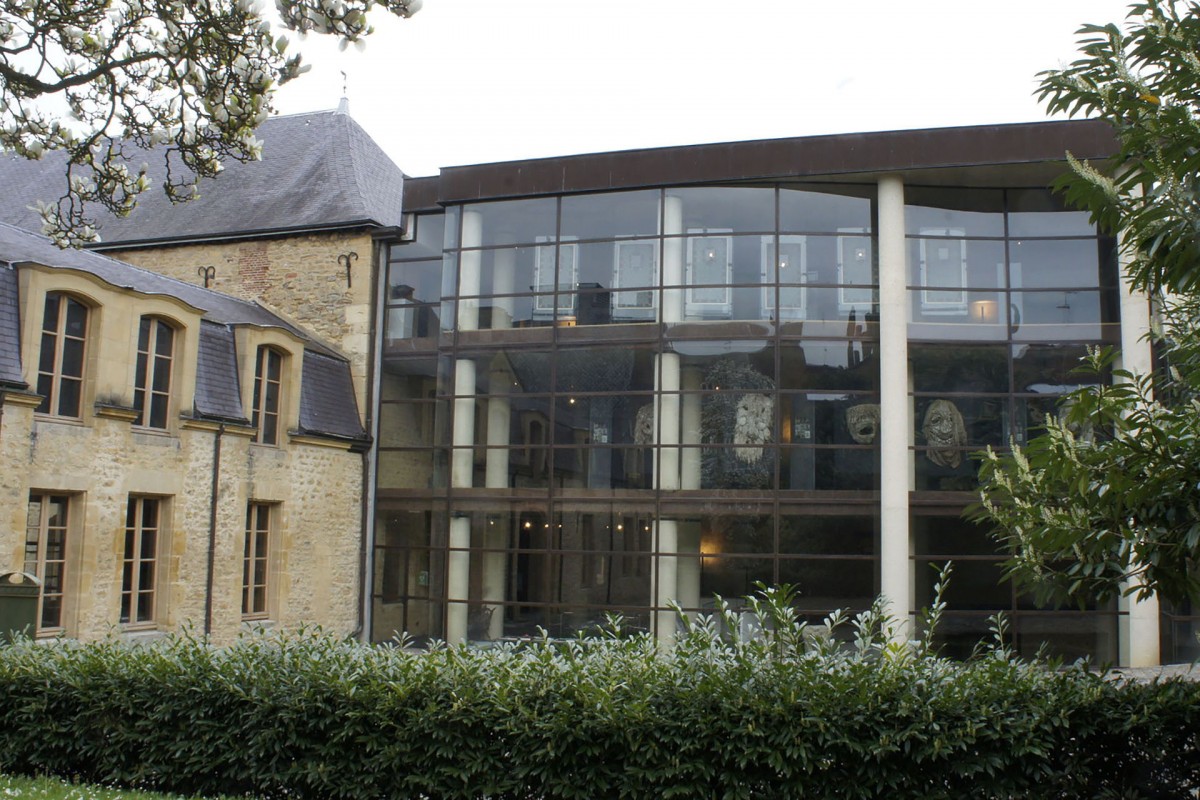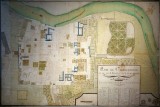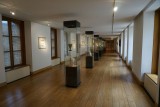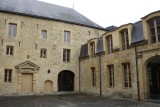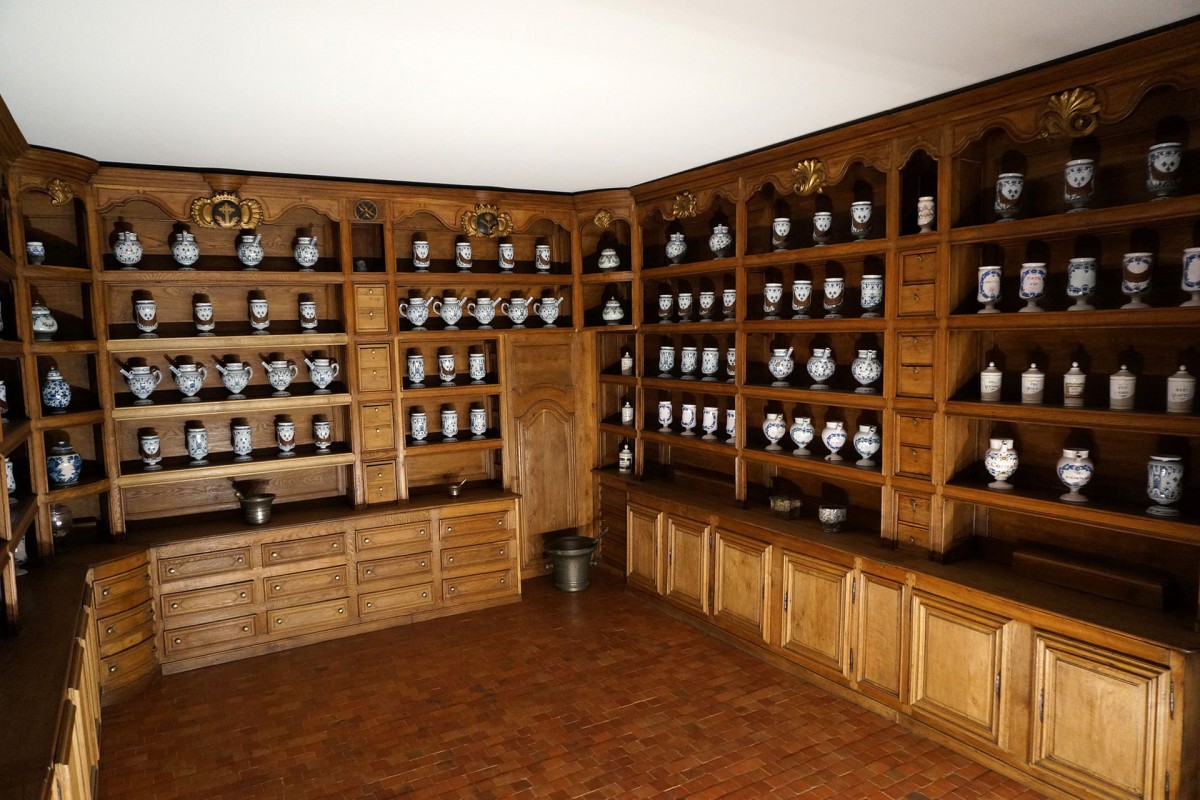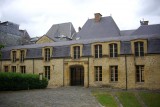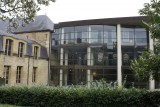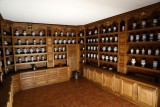Museum of the Ardennes
The history of a unique region
The museum of the Ardennes takes you on a fabulous journey to the heart of this prehistoric territory, on the eve of the First World War, through traditional crafts of the Ardennes.
Through this journey, discover the Gallic village of Acy-Romance, plunge into Charleville and Mézières in the 17th century, through plans and models, or travel through the collection of puppets of the world.
In an exceptional setting combining the classicism of the 17th century with the modernity of glass and steel architecture and more than 3,400 m², discover the history of a unique territory through unique collections in terms of archeology, history, art and puppets that illustrate the skill of the Gallic blacksmith to the master gunsmith or the modest Semoy nailer.
Do not miss the virtual restitution of the Gallo-Roman fresco of Montcy-Saint-Pierre, the hall dedicated to the arms of Charleville, the apothecary of the former Hôtel-Dieu (1756) and its 120 earthenware pots from Nevers, as well as the reconstitution of an Ardennes interior.
A visit to the museum of the Ardennes is essential to understand the beautiful Place Ducale and, more broadly, the foundation and the development of this ideal city conceived by Charles de Gonzague, Duke of Nevers. Also exhibited are several artists from the Ardennes, such as Eugène Damas (1844-1899) who has sublimated the beauty of landscapes and rural life.
The museum of the Ardennes takes you on a fabulous journey to the heart of this prehistoric territory, on the eve of the First World War, through traditional crafts of the Ardennes.
Through this journey, discover the Gallic village of Acy-Romance, plunge into Charleville and Mézières in the 17th century, through plans and models, or travel through the collection of puppets of the world.
In an exceptional setting combining the classicism of the 17th century with the modernity of glass and steel architecture and more than 3,400 m², discover the history of a unique territory through unique collections in terms of archeology, history, art and puppets that illustrate the skill of the Gallic blacksmith to the master gunsmith or the modest Semoy nailer.
Do not miss the virtual restitution of the Gallo-Roman fresco of Montcy-Saint-Pierre, the hall dedicated to the arms of Charleville, the apothecary of the former Hôtel-Dieu (1756) and its 120 earthenware pots from Nevers, as well as the reconstitution of an Ardennes interior.
A visit to the museum of the Ardennes is essential to understand the beautiful Place Ducale and, more broadly, the foundation and the development of this ideal city conceived by Charles de Gonzague, Duke of Nevers. Also exhibited are several artists from the Ardennes, such as Eugène Damas (1844-1899) who has sublimated the beauty of landscapes and rural life.

